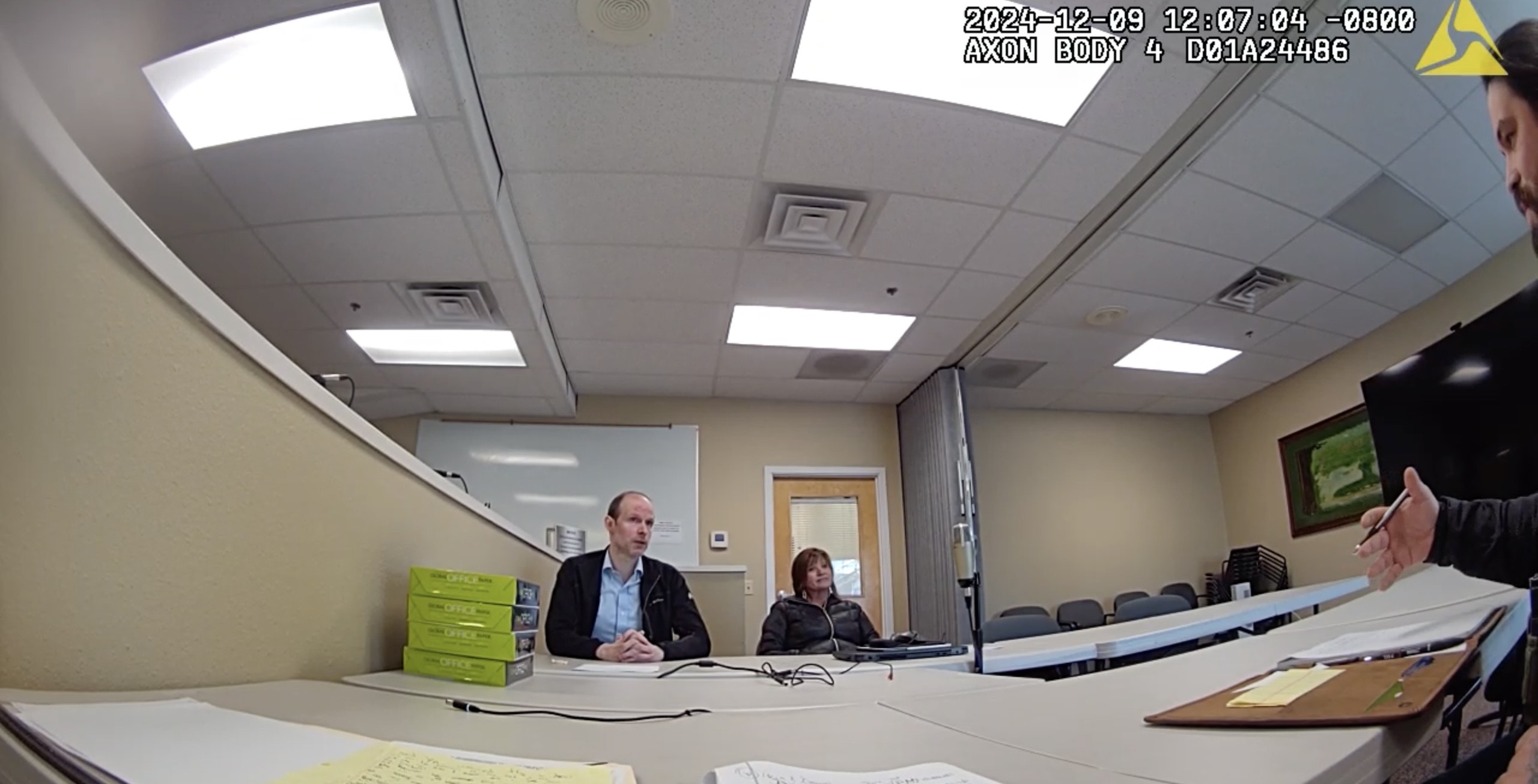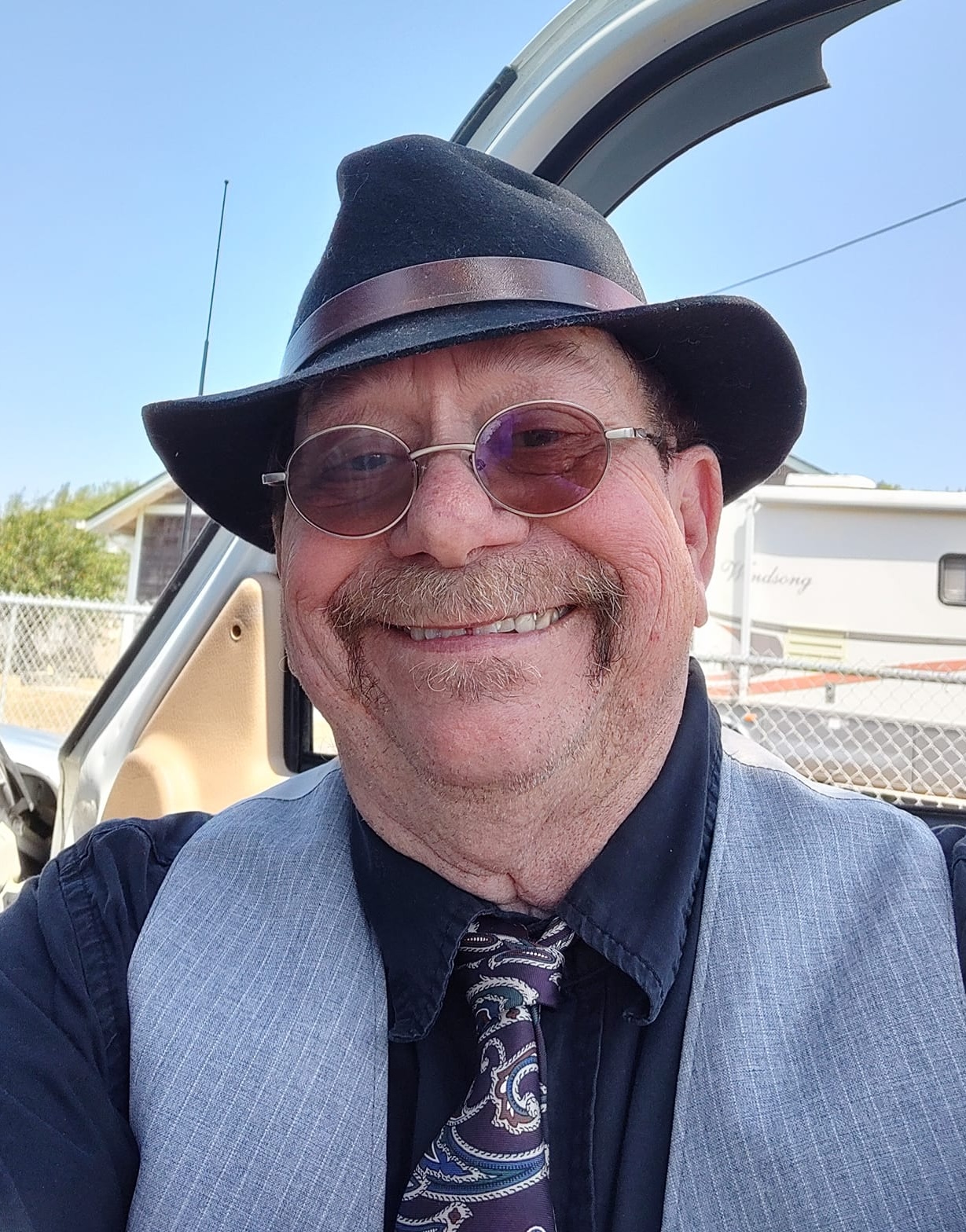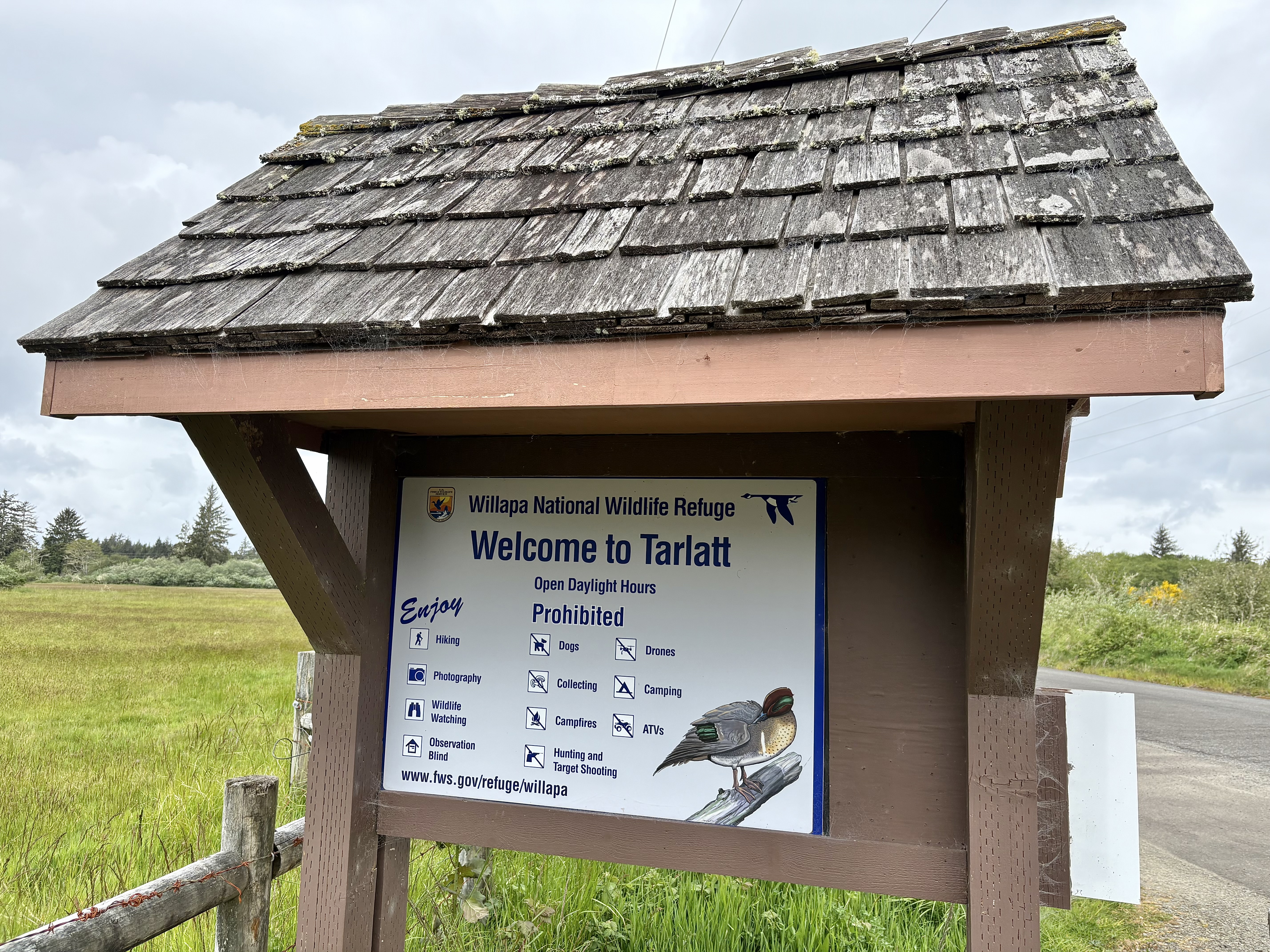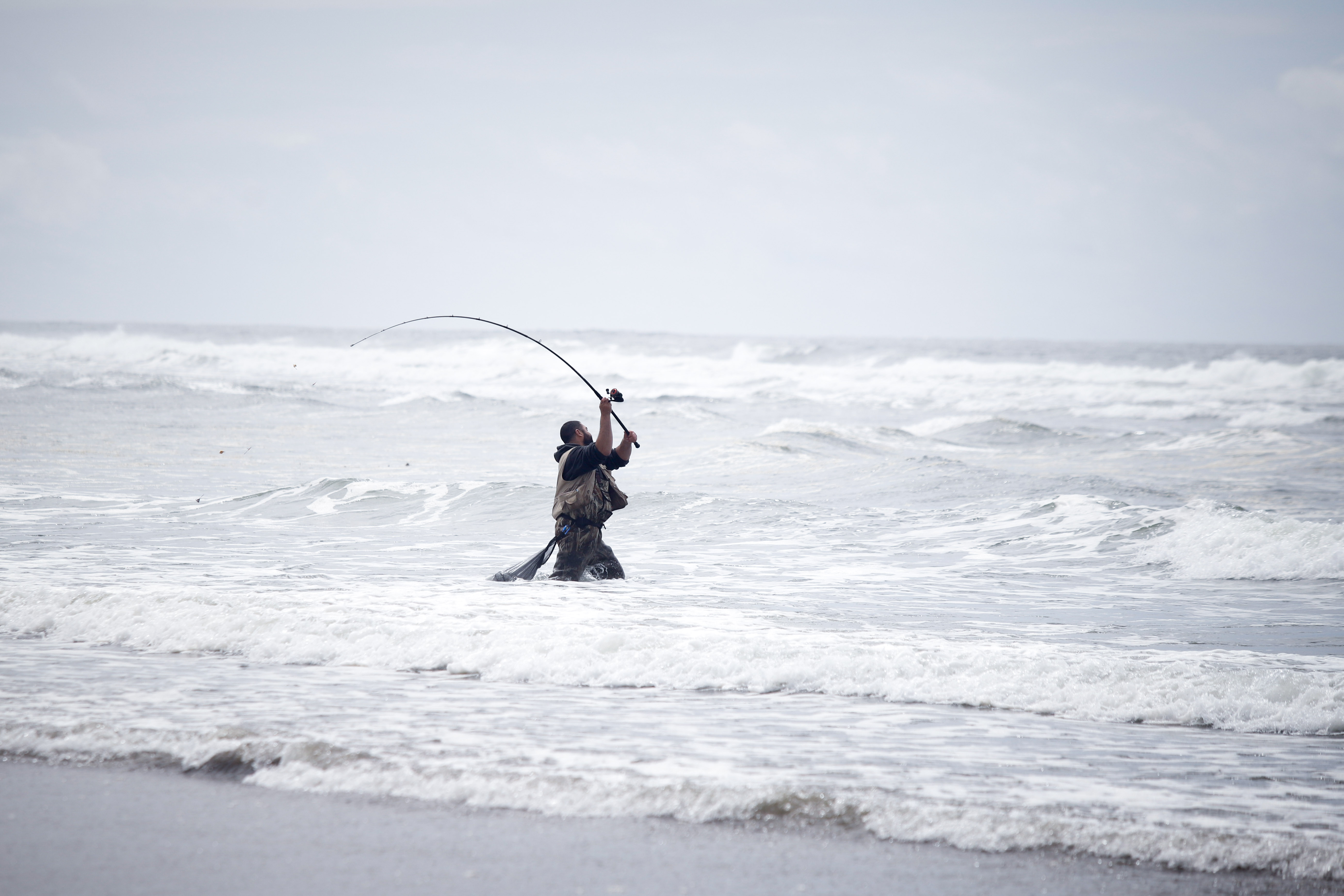Vultures: An invaluable species
Published 9:09 am Wednesday, September 18, 2024
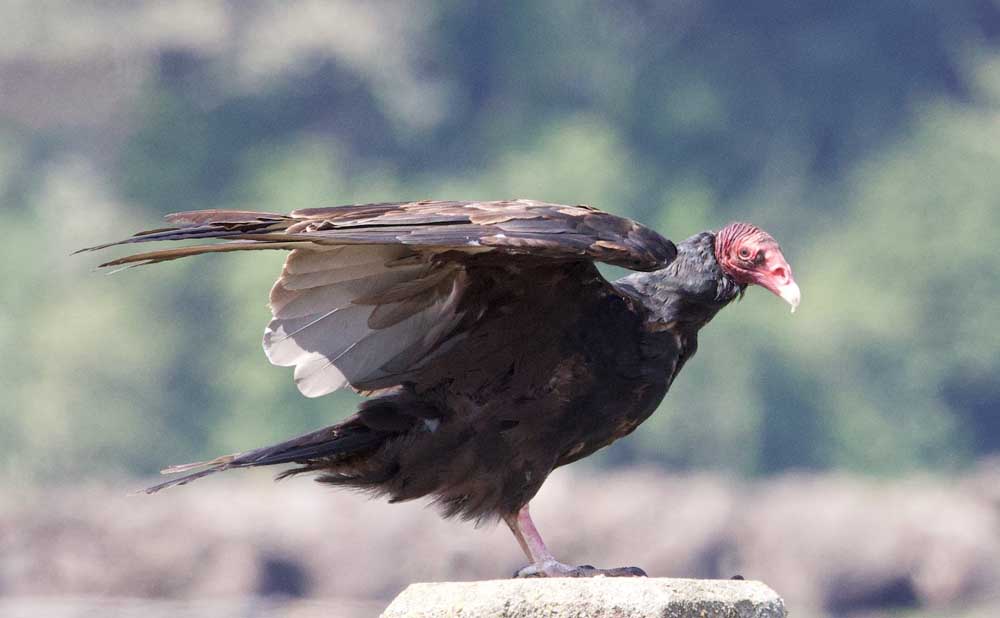
- The turkey vulture is easily recognized by its large size, small, red, featherless, head and dark body color. The lighter color on the two tone wing is usually referred to as a window. The vultures flight is wobbly looking because it has a habit of rocking back and forth as it flies.
One of our most maligned bird species is the vulture. In our case, the turkey vulture. Many people I know call it ugly and say they don’t like this bird at all! I was recently sent an article that appeared in a recent issue of the Washington Post about the hidden value of vultures of the world. The article argued that vultures are “the least loved animals on the planet.” The Post goes on to say this is despite recent scientific research indicating that “vultures are the among the most valuable for health, climate and monetary reasons.”
The world has 23 species of vultures. Vultures are found everywhere except in Antarctica and Australia. The U.S. has three of them, namely, the California condor, the black and turkey vultures. Except for the endangered condor, the other two species are relatively common throughout the forty-eight lower states. The article also reported that the U.S. has one of the healthiest population of vultures in the world. In most other places in the world vulture populations are in a precipitous decline.
The question is why is the steep decline important and worthy of our attention? As I have written a few times in past articles our vulture, the turkey vulture, as do all vultures in the world, play an important role as the clean-up crew. When an animal dies, while there are benefits in terms of providing nutrients for the land, they are also a problem. Scientists indicate that dead animals are disease spreaders. These diseases can affect not only other wildlife but also humans. It is also known that some animals such rats and flies can also spread disease to humans and other wild animals. Thus, it is important to clean up dead carcasses.
Scientific research, including my own observations on our beaches, and in a few African and South American countries, indicates that vultures are “quick and clean.” They make the perfect cleanup crew because their stomachs are equipped to kill off diseases before they can spread. They have a wonderful immune system that protects them from the diseases associated with dead carcasses. Scientific research also indicates that “they are climate allies, keeping tens of millions of tons of greenhouse gases out of the atmosphere each year” (Washington Post, September 2024).
Turkey vultures forage by soaring on the wind all the while finding carcasses with their keen sense of smell. Science indicates that they can smell carrion from more than a mile away.
If you witness the presence of large black birds with small, red, featherless heads on the beach you will know that the clean-up crew has arrived. Carrion such a crab parts with crab meat inside, fish carcasses, dead murres, fulmar, seals and sea lions are likely in the vicinity or there may be carrion harbored in rock crevices that the tide may have washed in. The turkey vulture is there to do its part to keep the ocean beach, the coastline and other areas of the Peninsula clean. They clean up what is left after the gulls, eagles and other raptors have taken their share. Turkey vultures forage by soaring on the wind all the while finding carcasses with their keen sense of smell. Science indicates that they can smell carrion from more than a mile away. They are known to have the largest olfactory system or sense of smell of all birds.
The turkey vulture is easily recognized by its large size, small, red, featherless, head and dark body color. Its flight is wobbly looking because it has a habit of rocking back and forth as it flies. The vulture holds its two-toned wings in a dihedral or V shape when flying. Hence, its nickname is TV.
Turkey vultures perch on tree limbs, on rocks or on logs as they wait their turn at a carcass. When sitting they appear to be hunched over. They use their powerful beaks to tear apart the carrion, but do not use their feet because they are weak. Turkey vultures leave our area in the fall. Many may have already left for warmer climes but come spring they will be back!
Vultures clean up our environment for free. Countries where they are in decline face massive expenditures to build infrastructures that can deal with carrion clean-up to prevent disease and death. In North America we need to recognize the value of this amazing species. We need vultures so they can continue to do their job as the clean-up crew. Happy birding!


